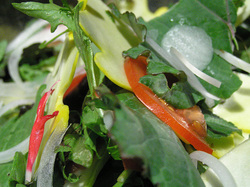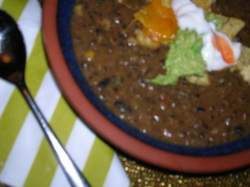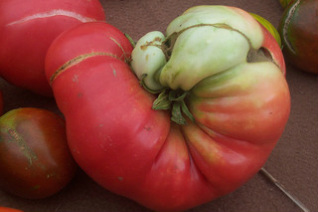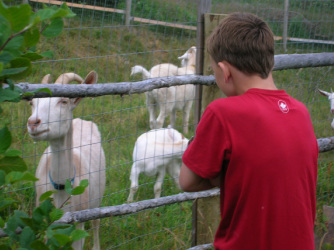
It’s a shame. Done right, salads can seize the limelight, not just hang back, ever the grumpy dieter’s consolation prize. But that's not all. They may seem slight and insubstantial, but leafy greens are loaded with nutrition. Lettuces deliver heaps of fibre, vitamins, minerals and powerful antioxidants. And that’s before you add in those lovely, colourful veggies. So I’ve been taking notes. Whenever I encounter a salad that has me craving seconds, I ask why. What makes this one special? Over time I’ve seen some commonalities emerge and figured out what works, at least for me.
My tips are not foolproof. Salad-resistant kids are always tough customers. But overall, I’ve found these steps will get people—even non-salad eaters—to eat way more salad. Whether I'm serving family or dinner guests, the rising salad consumption is so consistent, so noticeable, I have to smile to myself every time it happens. People pound the table (really) and say things like, “That salad is dynamite!” or “Is it OK if I have the rest of that?” or simply “Mmmmm.” If I wasn’t encouraging people to eat such wonderfully healthy stuff, it would be almost…unethical.
Curious? Here are my six easy steps to increased salad consumption. Give these a try. See what happens.
1. Homemade croutons
Nothing makes a salad quite as special as fresh homemade croutons—coincidentally also a great way to use up stale bread. I heat a pan, melt in a blob of real butter, then toss in my cubed bread and wait. I like to mix it up, to make a bold statement with a dark rye, or throw in an unexpected texture with herbed focaccia, crunchy pita strips, or heavenly sourdough. Once croutons are a near-perfect golden brown, I grate a bit of Parmesan Reggiano overtop and gently stir to give these yummy bite-sized pockets a decadent crunch.
2. Ditch the bag
It took me a while to realize I don’t like bagged salad greens all that much. So convenient and nicely packaged, I’ve bought them for years without a second thought. But for me convenience trumps taste and too often, the stuff gets slimy before I can use it. Ultimately, yes, fresh lettuce requires more work. But it also lasts longer in the fridge, costs less, and makes a salad sing. Buttery Boston, delicate read leaf, crisp Romaine, peppery Arugula—rinse, dry, and lavish an assortment of gorgeous greenery into your salad bowl.
3. Fresh ingredients
Soups forgive, but a salad is no place for wilted carrots, or aging spinach. When I place only the freshest ingredients in my salads, I have more appetite for them, and so do my guests.
4. Cheese
I love this part! In most of my salads, I wantonly crumble in bits of creamy cheese, whether a veined, assertive blue, some salty Feta, or a milder goat cheese. Later when I’m tossing my salad, I love the way the cheese distributes, leaving traces of creamy goodness everywhere. For a Caesar, I omit those sorts of cheeses but grate in some fresh Parmesan instead.
5. Homemade dressing
Again, an extra step, I know. But here again, it makes your salad that much more unforgettable. On the good side, making a dressing only takes a minute. The rule of thumb is three parts oil to one part acid. Then, I add in a little salt and pepper, or get fancy with some mustard, fresh herbs, whatever seems right.
6. Contrast
My last tip calls for artistry. When making a salad I always step back at some point and ask about contrast. Is there visual contrast?—for example, dark croutons against greens and white cheese? Is there a balance of salty and sweet tastes, and of softness and crunch? For sweetness, I might add berries or cherry tomatoes, and for saltiness, I love olives, or, gasp, flecks of bacon. Then, if there’s not enough crunch, I might add in toasted walnuts, chopped celery, or again, bacon. Sigh.
There you have it, my ground rules for better, dare I say addictive salads. So much fun and so good for you!
More:
“What’s the most nutritious lettuce?”, The Globe and Mail
"The Healthiest Salad Greens," Huffington Post
"Ten Salad Dressings," Chef Michael Smith






 RSS Feed
RSS Feed
